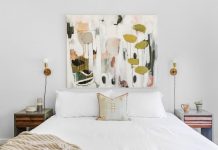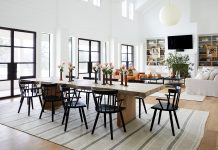Furnishing and organizing your home in the most appropriate way is challenging, but the reward is that it can be a great expression of yourself. Some people don’t think interior design and architecture are such a big deal, until they see for themselves the impact that successful room decor, furnishings, and layouts can have on a house.
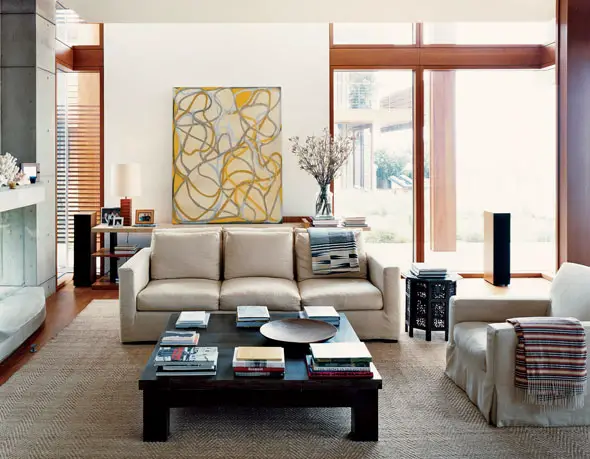
Serene and clean but not too sparse.
When it comes to furniture, it’s easy to fall back on what you see in the popular magazines, but take time to research and stake out pieces that really speak to you and are of good quality. Don’t just buy furniture because you want to fill a room. Taking your time to choose furniture will also ensure that you pick the best sizes and styles for the space you’re furnishing.

For many people, decor and accessories are an afterthought, or they fill it with gifts from others that aren’t really their style, or generic bits and bobs just to fill space. However, if you completely forget about adding decor and accessories, your home runs the risk of looking to institutional. Just like your furnishings, take time to collect a collection of accessories that have meaning to you, whether they be travel souvenirs, a vase that reminds you of one that your grandmother had, etc.
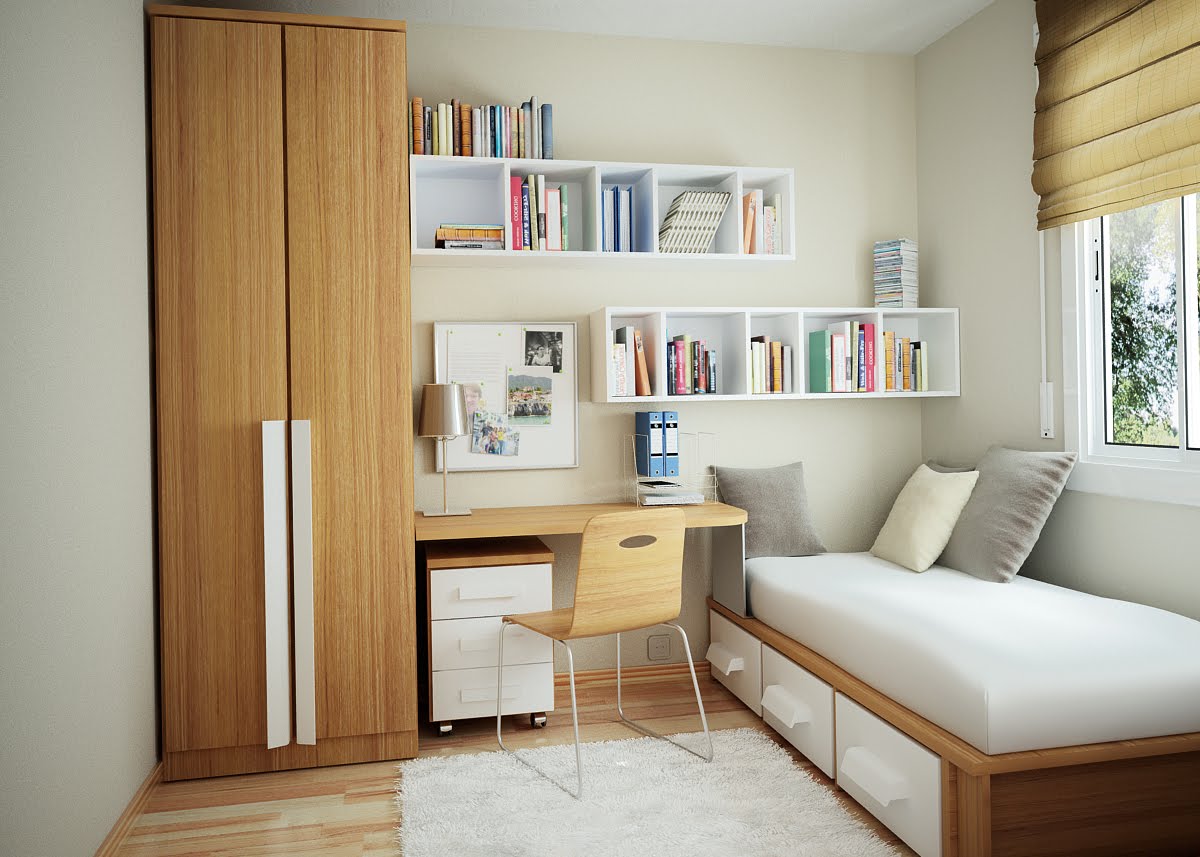
Functional and attractive
Two important aspects of design that are not addressed as often as the ones above are the use of positive and negative space. Some people do not leave enough open/empty space in a room. Too much furniture, or furnishing too large for the room make a space feel tight and cluttered. Leave enough open space – imaging the room being able to “breath” a bit. If a space looks crammed, remove items one by one, step back and look at the space, and when it looks less cluttered, you know you’re on the right path. Also consider the flow of the room. There should be clear paths around or to furnishings, and the purpose of the room should be apparent, whether the purpose be conversing, working, or watching TV.

Luxe in style with a successful bedroom layout.
Another set of people have the opposite problem. They leave too much empty or “dead” space in their home. If you’re nervous about making a mistake, start by collecting inspiration. Rip out pages from magazines or bookmark images of rooms that you like. Once you’ve collected a decent amount of images, review them and pick out any recurring furniture styles, accessories, colors, etc. that you see. This will help you dictate your style. Once you’ve narrowed down your aesthetic, try buying just one piece at a time, that way you won’t feel like you’re committing so quickly and definitely.
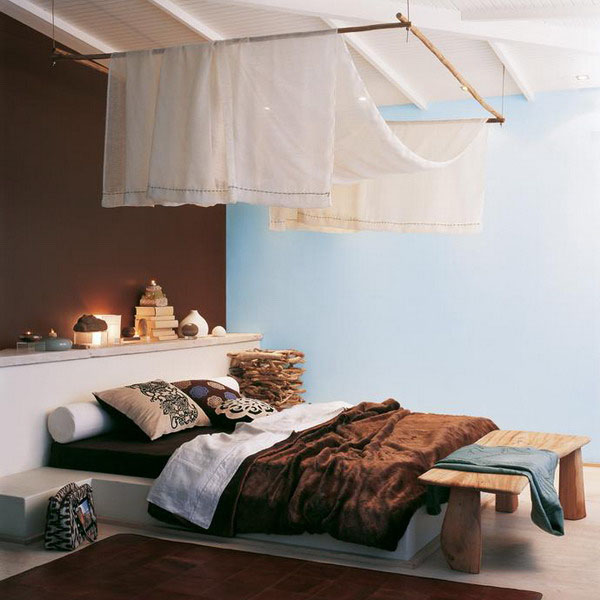
Stylized but realistic
Do you have any tips for a well-balanced room?
*disclosure: This post is sponsored by Minimalisti.com






















